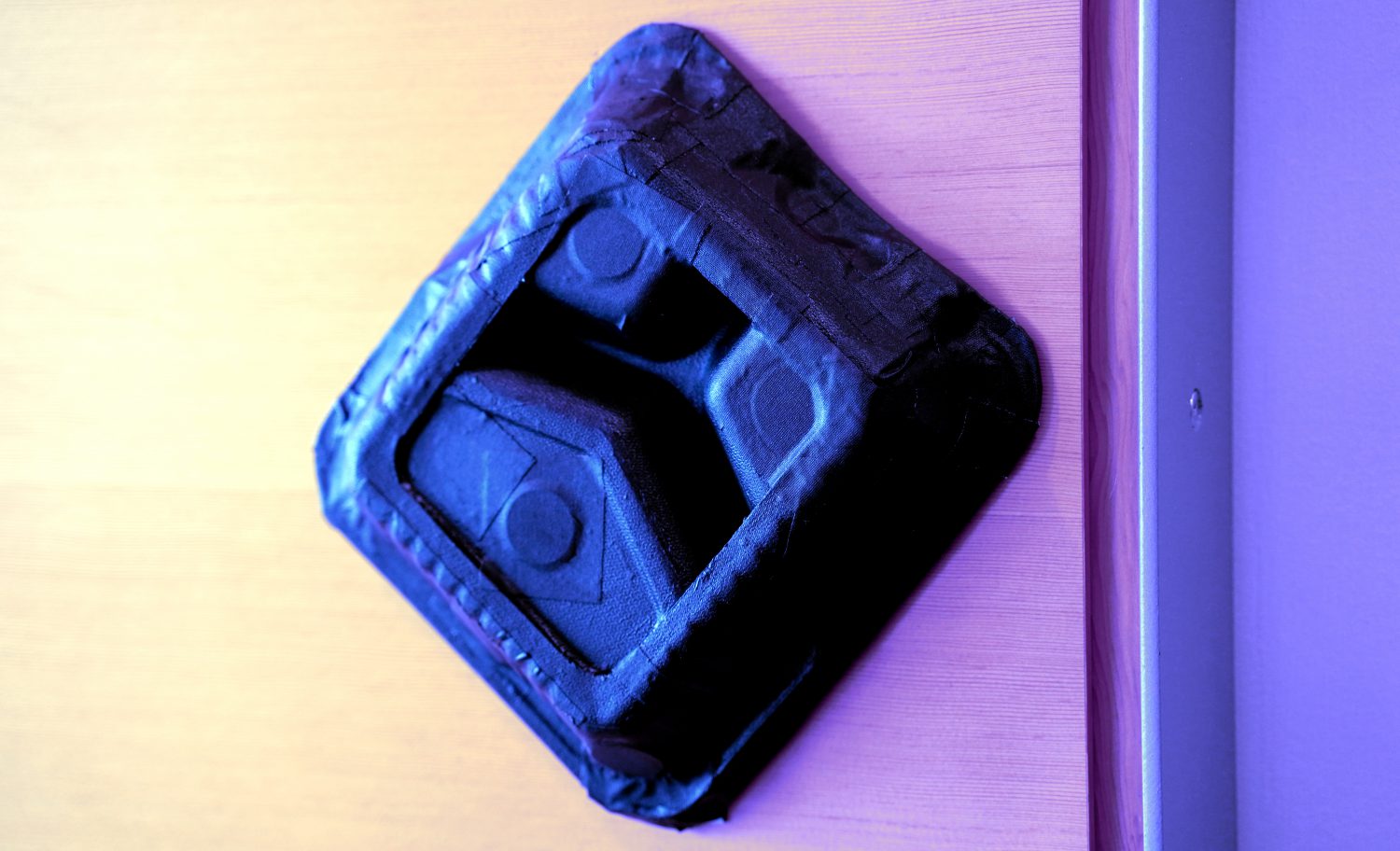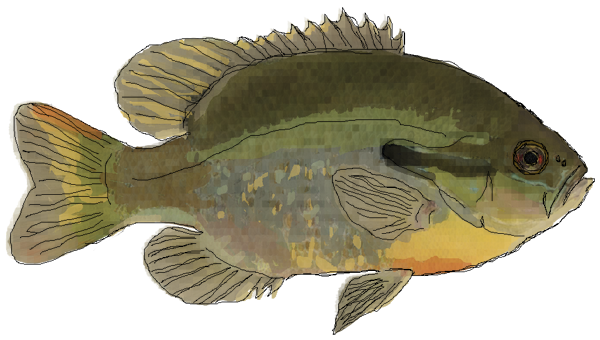medical malpractice lawyer says: “very nice post, i actually love the web site, keep on it”
Looks like I’m on to something! You keep on it too, medical malpractice lawyer!
So what I have been doing this week for the game is creating assets and continuing to think about design. So far, the very basic Stencyl file has a custom cursor, screen shake that simulates poor motor skills (but there will be much more to mess with the player’s motor skills if I have my way) and a health bar that starts at 2000/3000 PSI.
(Why 2000? Because in diving, it is recommended to reserve 1/3 of an air tank for the descent to a destination, 1/3 exploring that destination, and 1/3 for the ascent.)
Here are two of the lovely art assets that I’ve made this week: the buoyancy control hose and the console – hand-drawn in Photoshop. (I’m not yet sure if I’m going to have the console have static dials, animated dials, or just numbers).

These are modeled after my own BCD, which the player will be wearing.
I have this desire to make most of the effects in the game randomized or happen at more or less random intervals… I’m sure that this is relatively simple, but I have to look up how to do it in Stencyl. That can make simple tasks seem daunting — kind of like Nitrogen Narcosis! — so I tend to plan things out in detail when I could probably just start implementing features and see what sticks.
Here’s my game plan (or really, a list of tasks that I need to accomplish and features that I want to include):
– because people with nitrogen narcosis have problems multi-tasking/tend to focus very narrowly on one task, I want a fish to swim by sometimes and for the camera/player’s view to follow/pan on the fish. I want the player to have to find their way back to the game board.
– because of that same narrow focus, I want the buoyancy of the player to occasionally cause the player to start to sink down past the game board, and for them to have to adjust the buoyancy to regain the board (and if they over-inflate, they may end up shooting to the surface — I don’t THINK this is too ambitious).
– because nitrogen narcosis can come with feelings of euphoria or fear: I want to adjust the brightness of the game in tune to either a very happy soundtrack or a very unhappy soundtrack. Preferably either can happen at random from a baseline. I may also include some bizarre actors like dancing fish or divers, or decorative decals.
– I want to blur the edges of the screen somehow (the camera shake effect does somewhat do this at higher intensities) to mimic tunnel vision (another symptom).
– I want to find other ways to mess with the player’s motor control — since I think it will be point and click, maybe I can find a way to at random reverse the mouse tracking (I know there’s a way to do this on consoles with the joysticks…I’m hoping there’s a way to do this in stencyl).
– Continuing with motor control, I was thinking that the placement of the pieces on the board should have to be quite specific – that the collision area of the piece should be quite small relative to the entire size of the piece, making it harder to place each piece.
– Because poor judgment (and, at much deeper depths, hallucination) is one of the major symptoms of nitrogen narcosis, I want to perhaps screw with the player’s perception by making the game board appear different than from how it actually is, or maybe make some game board pieces that can’t be dragged, or that can only be dragged so far.
– Because people experiencing nitrogen narcosis can experience slow thoughts: I want to find a way to slow down the player, perhaps by slowing down the controls or the speed at which a game piece can be moved. I don’t know if this is possible with stencyl. Maybe I can do this by creating a mechanic where the player clicks a piece then clicks the place on the board, and the piece travels at a predetermined speed towards the board. I could set the speed of individual pieces to different values, thus making some relatively easy to place, and some more difficult.
– I want to implement a 3-minute time limit on the game in which the player has to win a certain amount of tic-tac-toe games. How many will probably be determined by a lot of playtesting…
– I also want to have there be the chance that the player experiences some of the other minor annoyances of diving, such as a foggy mask or a free-flow (basically when the regulator gets stuck open and starts to spill out precious air — this is usually quickly fixable). I’m not sure if these will make it into the final game but as soon as I figure out randomization, they’d be easy to implement.
– Obviously, I have to program tic-tac-toe. Pippin has told me that he will help me with this. I was thinking that it might be interesting to have the program have some of the same handicaps as the player as a rational for the program making mistakes in the placement of their pieces.
Where I foresee some challenges is in randomizing these behaviours. I know that I can make the camera track a specific actor (the fish) through an environment. (I don’t know exactly how to allow the character to move the camera back.) I know how to make music play at specific times. I also know how to set collision areas and the movement speeds of actors. Largely, learning how to randomize the behaviour and learning to do it within appropriate parameters so that things aren’t totally at random, seems to be my biggest challenge. There are plenty of Stencyl tutorials about this, though. (Although learning to program Tic-Tac-Toe will be another kettle of fish.) I also foresee that I might have some difficulties with making the character navigate the level with the mouse, but I’m already thinking of ways around it.
I’ll keep you posted, Internet!


